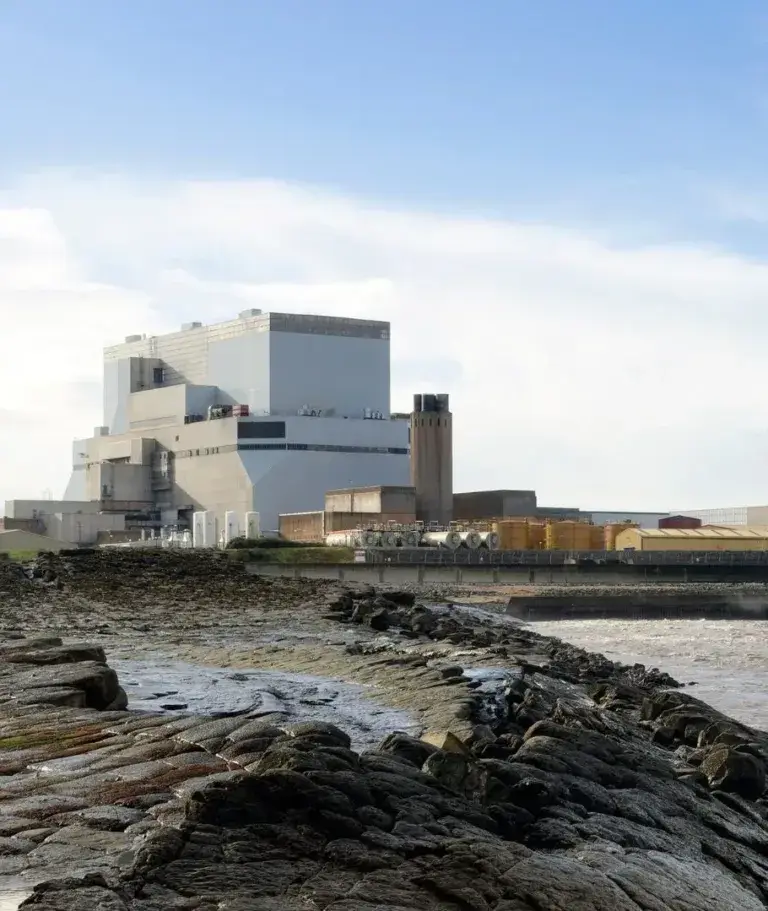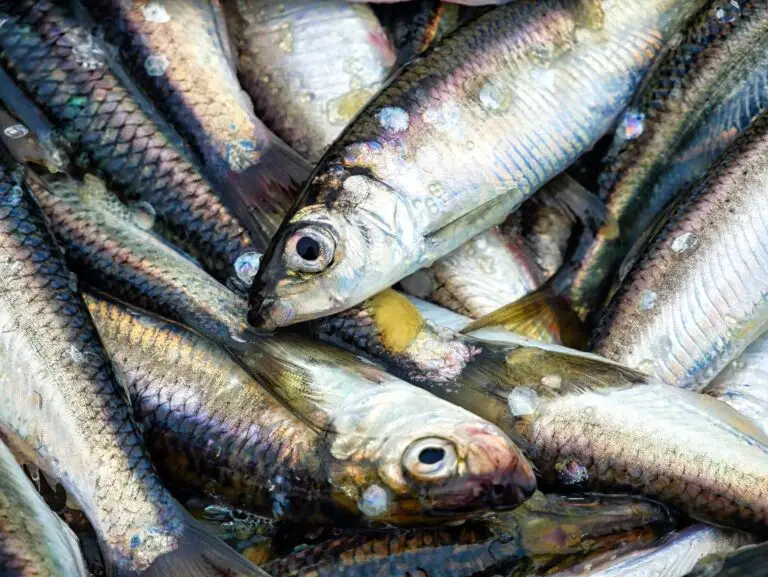The design of Sizewell C mirrors the Hinkley Point C nuclear power station, an approach expected to lead to significant cost savings in the construction phase.
Around 70% of contracts are likely to go to British-based businesses, providing a further boost for a nuclear sector which already directly accounts for over 60,000 jobs in the UK, with another 160,000 jobs sustained in the supply chain.
All new estuary or coastal power stations approved under current Environment Agency guidance – including sites at Pembroke, Great Yarmouth and Shoreham-on-Sea – have included acoustic fish deterrent (AFD) technology in their cooling water designs. And while Sizewell C will be a replica of Hinkley Point C, it will face fewer technological challenges in installing an AFD.
Innovative technology and techniques
Relatively clear waters and weaker tides make the Sizewell C site well-suited for a Synchronised Intense Light and Sound (SILAS) system. This would combine strobe light bars with acoustic signals to maximise effectiveness of both stimuli.
Other key benefits include:
- Success in deterring a wide range of fish. Hearing-sensitive fish are abundant in the waters around the Sizewell C site, but European eels are also present. These are important to conservation efforts and have poor hearing ability, but they do strongly avoid strobe lights.
- Self-cleaning ability. At offshore locations, biofouling can obstruct light bars and create the need for regular maintenance. However, FGS has developed a self-cleaning system, using ultraviolet LEDs to kill off algal cells before they can settle on the lenses.
- Remote monitoring. System functions and performance of offshore underwater components can be assessed remotely using advanced diagnostic methods, allowing operatives to anticipate failing components and head off problems with minimal disruption.
- System redundancy. Spare units installed at the time of construction can be switched in remotely to maintain system integrity in the even of damage or breakdowns.
These are just some of the advancements that have been made as a result of investment in R&D in recent years, with system performance and reliability improved across the board.
And while offshore intake locations are considered challenging environments, advances in oil, gas and wind power industries have contributed to the solutions available for installation and maintenance.
In these industries, human diver interventions are routinely supported by purpose built autonomous underwater vehicles. As such, FGS systems are designed for straightforward maintenance using suitable technologies and techniques.
Our Latest Sizewell News
What’s missing at Sizewell C is a critical environmental protection.
The UK government has announced that Sizewell C is to become the latest in the UK’s new generation of nuclear power stations. The manufacturing cost has been estimated at £14.5bn for the first four years, with the full amount unknown. The project will take approximately 10 years to build, with

Nuclear power plant constructors undermine environmental protection measures
In an open NNB Generation Company (HPC) Limited letter that explores changes toMaisemore Weir as an alternative to the already approved Acoustic Fish Deterrent (AFD) at HinkleyPoint C, the company flagrantly disregards and negates the proven science and technology which wouldprevent catastrophic environmental implications such as the death of 182

Overview of the Environment Agency’s Response to EDF’s Plans to Remove AFD from Hinkley Point C
In early June, The Environment Agency provided a response to the Hinkley Point C Development Consent Order Material Change consultation. The Environment Agency mission is to ensure that Hinkley Point C (HPC) operates to high environmental standards and states that it will continue to engage with EDF to achieve this.

The Benefits of Using Acoustic Fish Deterrents at Nuclear Power Plants: Insights from Doel Nuclear Power Station
Acoustic Fish Deterrent systems have been used at coastal power plants for nearly thirty years. Operated by Electrabel,the Doel Nuclear Power Station, situated on the River Scheldt near Antwerp, Belgium, comprises four pressurised water reactors (PWRs) with varying capacities. The Acoustic Fish Deterrent (AFD) system is installed exclusively on the

Fish Guidance Systems ‘dismayed’ by government decision to build nuclear plant without appropriate environmental safeguards
Fish Guidance Systems has reacted with disappointment over the UK Government’s decision not to uphold best practice and expert consensus by allowing Sizewell C Nuclear Plant to be built without an Acoustic Fish Deterrent – meaning millions of fish will die every year by being sucked into the plant’s underwater

Sizewell C Environmental Mitigation Measures Don’t Go Far Enough
EDF, the developers of the proposed Sizewell C nuclear power plant in Suffolk have revealed they have pledged £250m to mitigate the impact the project will have on the environment around it – however there is no mention of the acoustic fish deterrent (AFD) which could prevent millions of fish